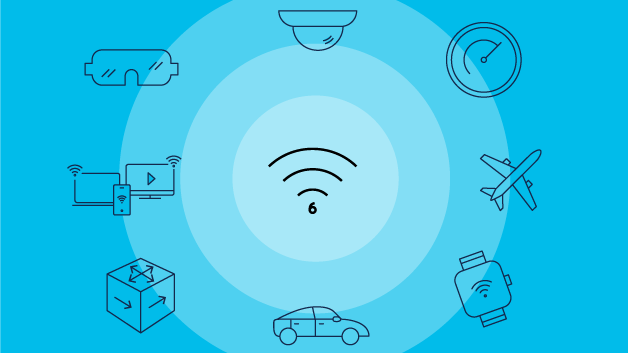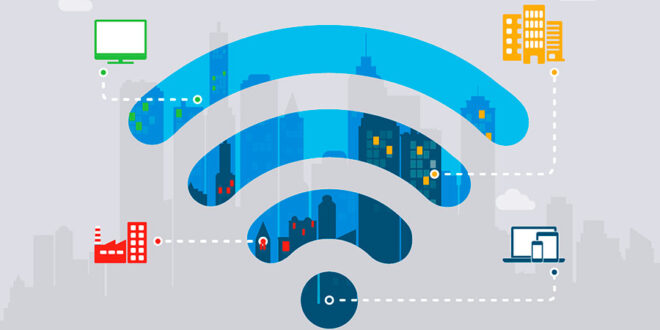In today’s tech-driven world, wireless connectivity has become an indispensable part of modern life. From staying connected on the go to powering smart homes and enabling businesses, Wi-Fi has revolutionized the way we interact with the digital landscape. And leading this revolution is Wi-Fi 6, the latest and most advanced wireless standard.
Understanding Wi-Fi 6
Wi-Fi 6, also known as 802.11ax, is a cutting-edge wireless technology packed with powerful features. Among them, MU-MIMO (Multi-User, Multiple-Input, Multiple-Output) allows access points to simultaneously communicate with multiple devices, boosting efficiency.
OFDMA (Orthogonal Frequency Division Multiple Access) enables more data to be transmitted in each transmission, making better use of available bandwidth. Additionally, BSS Coloring reduces interference in crowded environments, leading to a more reliable connection.
Advantages of Wi-Fi 6 Access Points

Wi-Fi 6 access points come with a plethora of advantages that significantly enhance the user experience. One of the most prominent benefits is enhanced speeds. With data transfer rates reaching up to 9.6 Gbps, Wi-Fi 6 ensures lightning-fast downloads and uploads, reducing frustrating wait times.
Additionally, its improved range of access points ensures that users can stay connected even at a distance from the router. Moreover, the technology’s high device capacity is a game-changer, as it allows multiple devices to connect simultaneously without sacrificing performance, making it perfect for densely populated areas.
Real-World Applications of Wi-Fi 6
The applications of Wi-Fi 6 are diverse and far-reaching, with a significant impact on various sectors. In smart homes, the technology effortlessly accommodates the ever-growing number of connected devices, supporting seamless automation and enabling a truly interconnected lifestyle.
Businesses also stand to benefit immensely from it, as its increased speeds and device capacity translate into heightened productivity and improved user experiences, bolstering enterprise operations.
Overcoming Challenges and Limitations
While Wi-Fi 6 is an exceptional advancement in wireless communication, there are challenges to address. Backward compatibility is crucial to ensure a smooth transition to the new standard, allowing older devices to connect seamlessly with Wi-Fi 6 networks. Organizations may face infrastructure upgrade challenges to support the new technology fully, requiring careful planning and investment.
Security concerns are also paramount, but the latest wireless security protocols, such as WPA3, have been designed to mitigate potential threats effectively, providing users with a safe and secure wireless experience making it almost identical to the safer option of ethernet connection.
The Role of Wi-Fi 6 in the Internet of Things (IoT)

As the Internet of Things (IoT) continues to grow exponentially, Wi-Fi 6 plays a pivotal role in accommodating the vast number of interconnected devices. Its improved device capacity and optimized data transmission allow IoT systems to function more efficiently, ensuring a seamless experience for users interacting with smart devices and systems.
Furthermore, the scalability of latest networks makes it an ideal choice for future-proofing IoT applications, guaranteeing that the ever-expanding IoT ecosystem can thrive without compromising on performance.
Tips for Choosing Wi-Fi 6 Access Points
Upgrading to Wi-Fi 6 access points requires careful consideration, whether for individual users or businesses. Determining the right time for an upgrade and understanding the requirements for a seamless transition are essential.
Several reputable manufacturers, such as Cisco, EnGenius, Aruba, and Ubiquiti, offer a wide range of access points suitable for various needs and budgets. Evaluating the specific connectivity needs and budget constraints will help readers make an informed decision and choose the Wi-Fi 6 access points that best cater to their requirements.
 Hi Boox Popular Magazine 2024
Hi Boox Popular Magazine 2024



